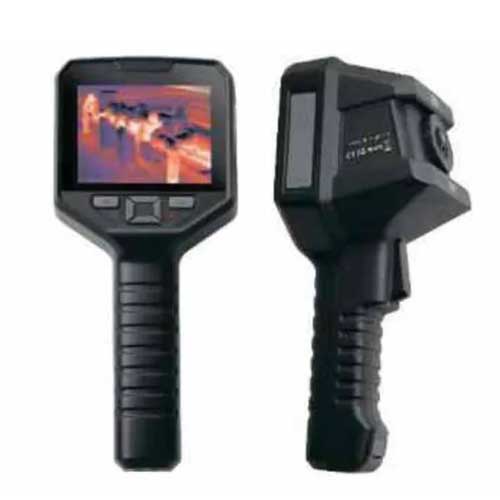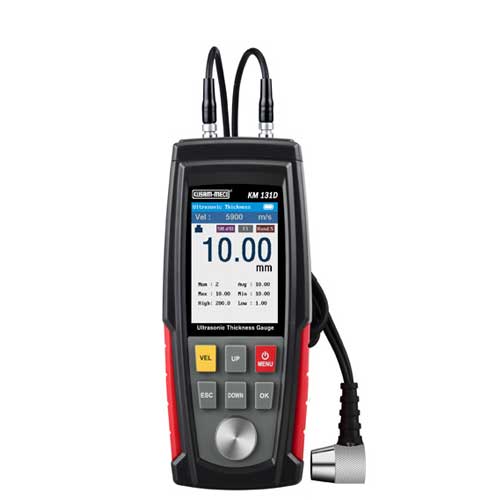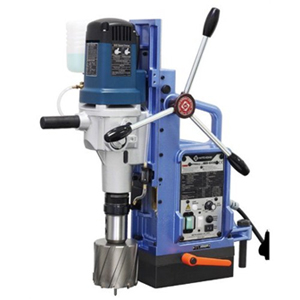Schedule a Call Back
Path to Component Independence
 Articles
Articles- Aug 01,25

Related Stories

India’s Decarbonisation Journey: Turning Climate Challenge into Opportunity
While decarbonisation is increasingly becoming a prerequisite to access premium global markets, India's path to net-zero by 2070 is complex. However, with coordinated action, strategic investments, ..
Read more
Aimtron Electronics wins $3.9 mn international IoT order for 200,000 devices
This deal marks a significant milestone in Aimtron’s global expansion, demonstrating its capability to deliver complete box-build solutions that meet international standards.
Read more
HARMAN invests Rs 3.45 Bn to expand Pune plant for connected sustainable mobility
HARMAN invests Rs 3.45 billion to expand its Pune plant, boosting capacity by 50 per cent, creating 300 jobs, and advancing 5G telematics and sustainable manufacturing for global automotive markets.
Read moreRelated Products

Kusam-meco Ir Thermal Imaging Camera
Kusam Electrical Industries Ltd offers a wide range of Kusam-Meco IR thermal imaging camera - Model KM 308 / KM 309.

Kusam-Meco Ultrasonic Thickness Gauge Model
Kusam
Electrical Industries Ltd offers a wide range of “Kusam-Meco†ultrasonic thickness gauge
model-KM 131D.

Eri's Smart Modular I/O Card
Electronics Relays (India) Pvt Ltd, offers a wide range of ERI’S smart modular I/O card.















